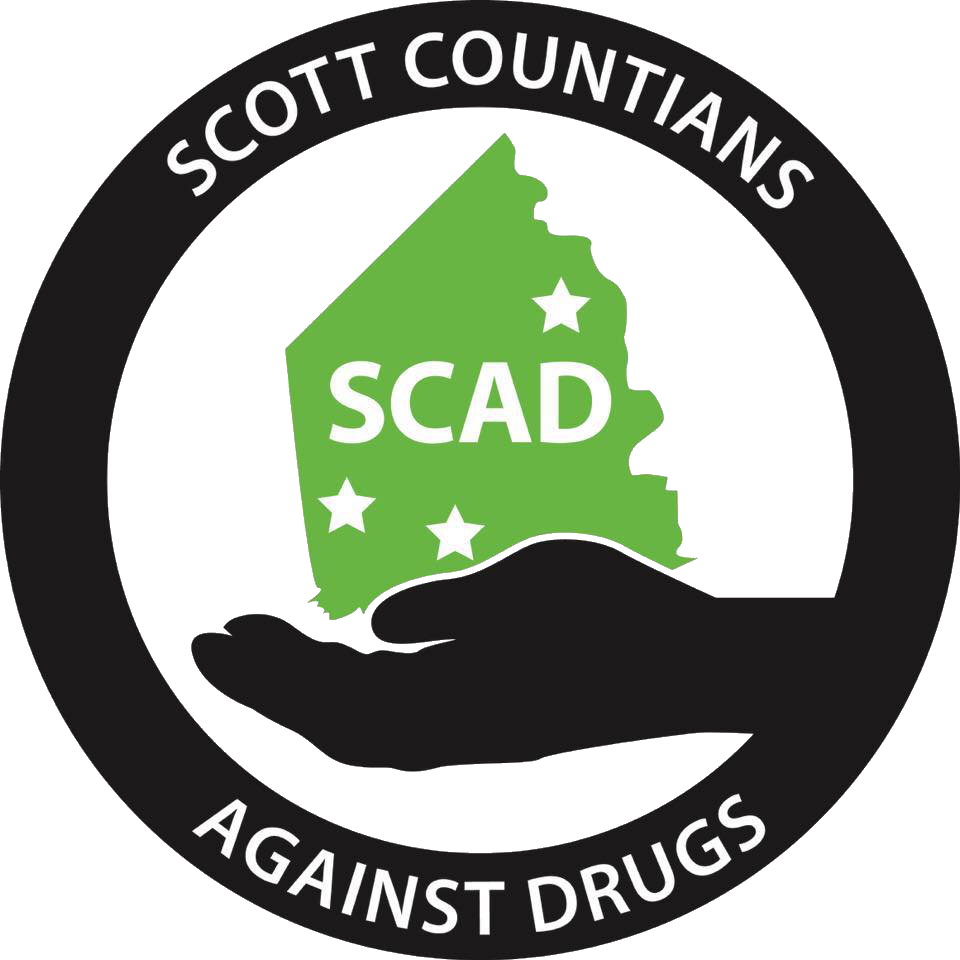About one-third of individuals who take benzos for six months or more will experience health problems, including seizures, when they try to quit. Benzodiazepine addiction treatment (Ativan, Ambien, Klonopin, Xanax, Valium) begins with medical detox.
Once stabilized, individuals continue their recovery through inpatient or outpatient programs that offer cognitive therapies and counseling sessions. Many inpatient programs provide home-like amenities and comfortable environments, so people can heal in comfortable, calming environments.
What are Benzodiazepines?
Benzodiazepines are prescription medications, and they’ve been in use for more than 50 years. During that time, according to an analysis published in Addiction, researchers have been concerned about the link between these drugs and addiction.
These researchers have been so concerned, in fact, that they’ve written up more than 60,000 articles that use words like dependence and abuse in concert with benzodiazepines.
Despite the addiction dangers associated with these drugs, that knowledge hasn’t moved into mainstream consciousness. In fact, most people who take benzodiazepines to help with a medical condition. Thousands more use these drugs recreationally, and probably have no idea of how these drugs work and why they could lead to addiction
A full recovery is possible, with the help of therapy. Here’s what families need to know in order to spot a benzodiazepine problem and what steps to take to get help.
Learn About Specific Benzodiazepines & Related Drugs
Benzodiazepine Addiction & The Brain
The National Institute on Drug Abuse says that benzos cause a minor shift in the chemical signals the brain uses to communicate a pleasurable event. When that shift takes hold, people feel a boost of sensation that is associated with reward, joy, and security. They may not be able to name the change, but the brain marks that change.
When it comes to addictions, benzodiazepines are dangerous because they cause persistent brain chemical changes.
In time, the altered brain cells may not function at an optimal level without access to benzodiazepines. Brain cells will call out for the drug, and that call will be hard to ignore. That’s when an addiction is in play. Any benzodiazepine can cause this reaction, but there are some drugs in this classification that are of particular concern.
Common Benzodiazepine List
The following is a list of common benzodiazepine medications:
- Xanax (alprazolam): This drug, used to treat anxiety and panic disorders, comes in a variety of different strengths. One formulation is of deep concern, as it’s made to release benzodiazepine effects over an extended period of time. Users who crush these pills can get all of the Xanax power at once. The European Monitoring Centre for Drugs and Drug Addiction(EMCDDA) says, too, that Xanax works immediately, delivering big changes all at once. That makes Xanax more dangerous than other benzos on the market.
- Klonopin (clonazepam): Seizure disorders and panic disorders are often treated with Klonopin. Pills come in 1 mg or 2 mg strengths. Some are made to dissolve or disintegrate in the mouth. EMCDDA says Klonopin is an intermediate-acting benzo.
- Valium (diazepam): Anxiety disorders, muscle spasms, and alcohol withdrawal symptoms can all be treated with Valium. Valium is one of the oldest benzos on the market today. This drug, which has many generic formulations, comes in a number
of different strengths, including some that release their power over an extended period of time. There is good news, as EMCDDA says Valium takes a long time to hit the body. That means this drug doesn’t provide an immediate high. It tends
to come on slower, and it’s a little less rewarding as a result. - Ativan (lorazepam): This drug is designed to assist people with panic disorders. It comes in pill formats, but it can also be sold in a liquid format that can be popped into veins with a needle. EMCDDA says this particular drug has a short-to-intermediate onset, which means it could deliver a big and rewarding drug rush to some users.
- Ambien (zolpidem): This hypnotic drug is made to assist people who can’t sleep through the night. The sedating impact of the drug allows people to fall asleep, while other ingredients help people to forget what happens while they’re asleep. This drug has a fast onset, but it isn’t always a target of abuse, as some people grow so sleepy on this drug that they can’t stay awake long enough to take another hit.

